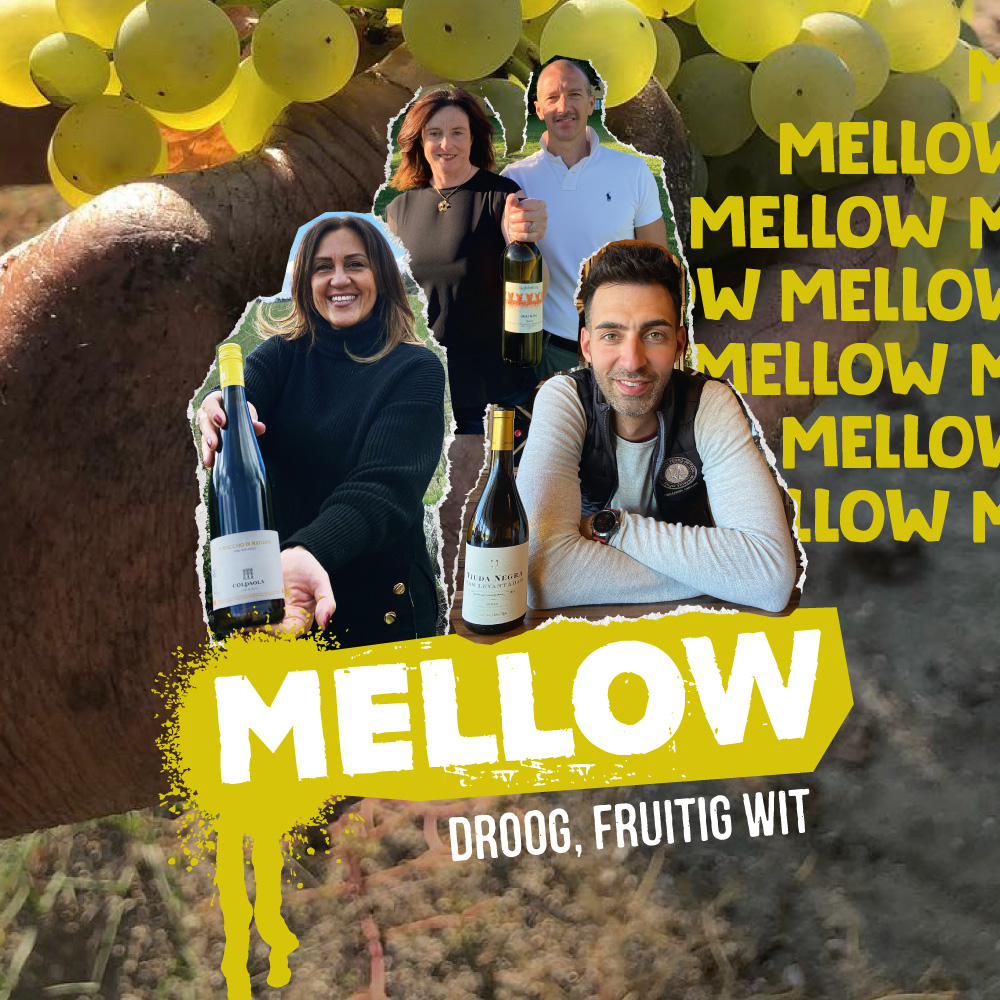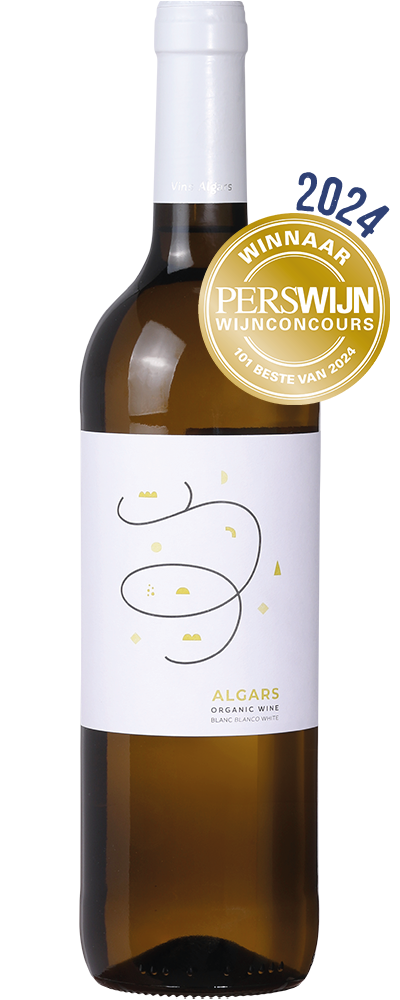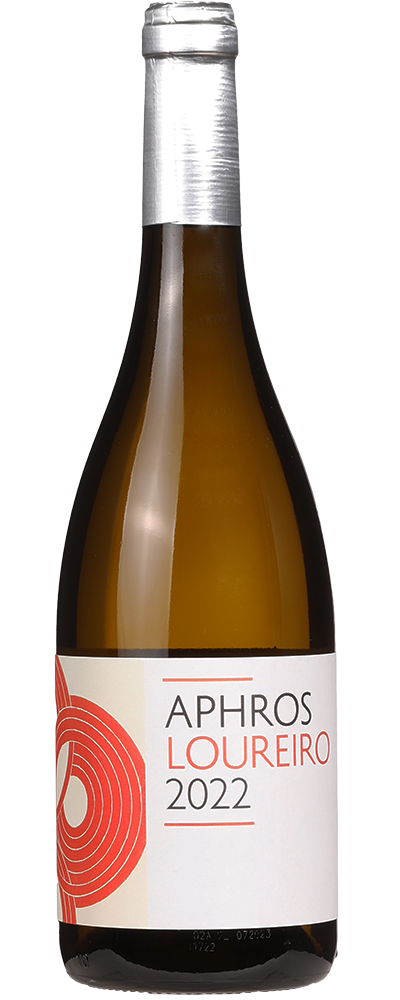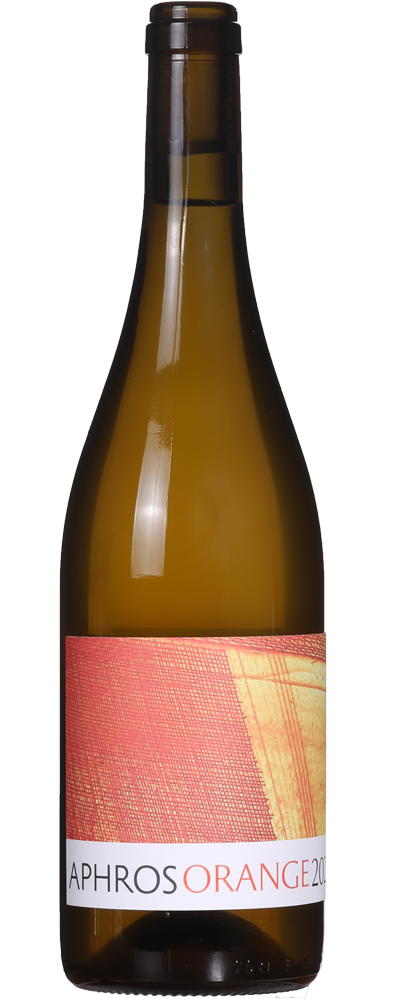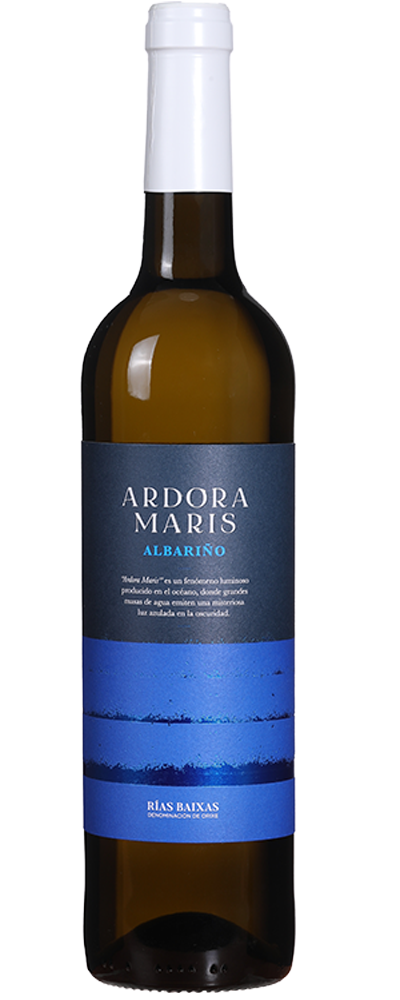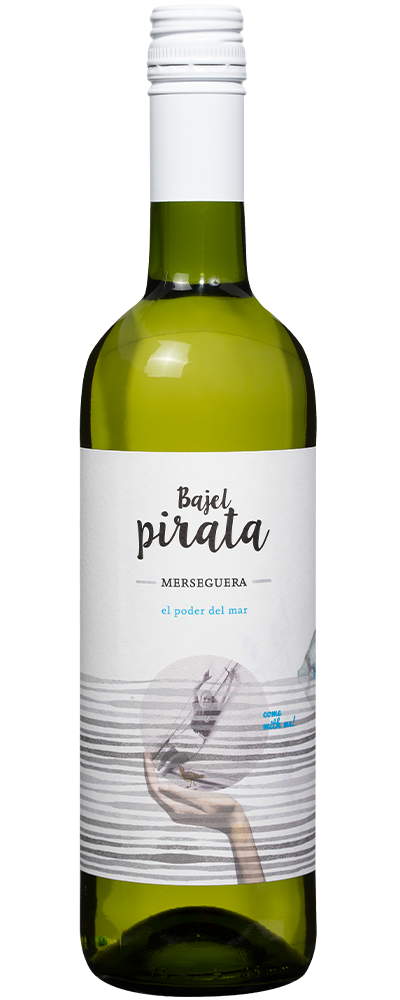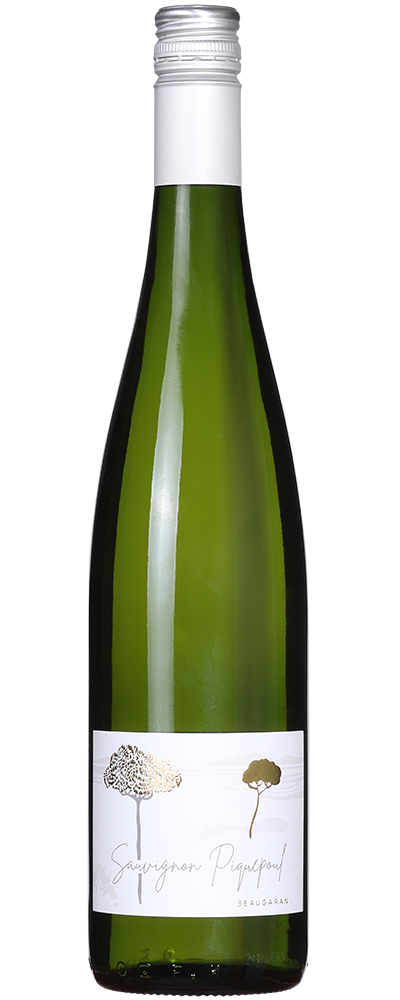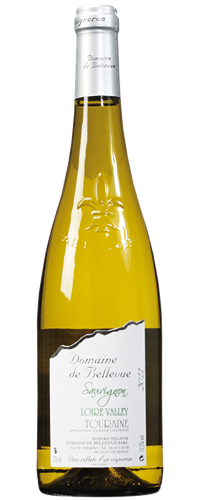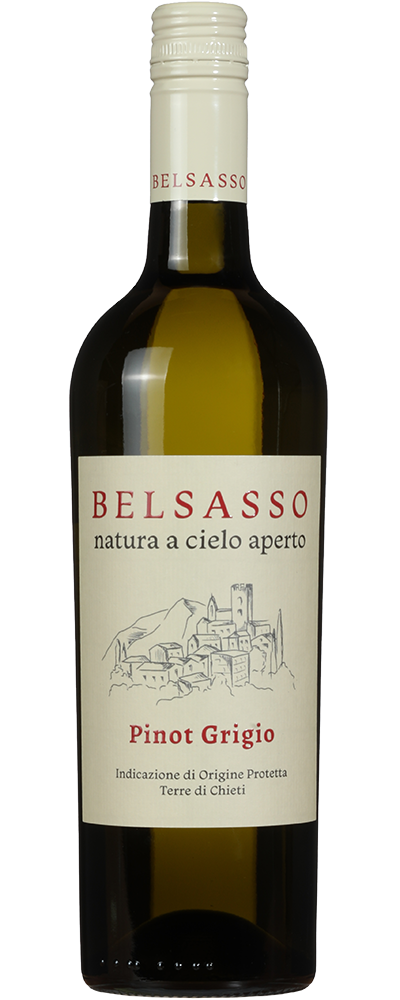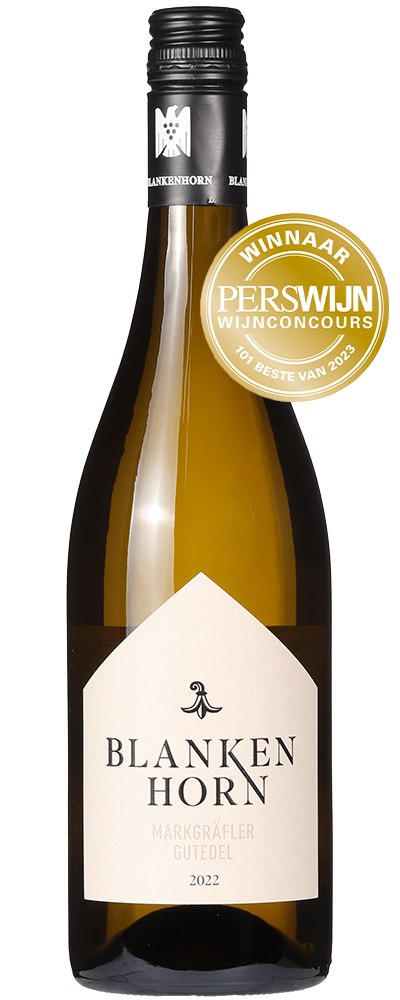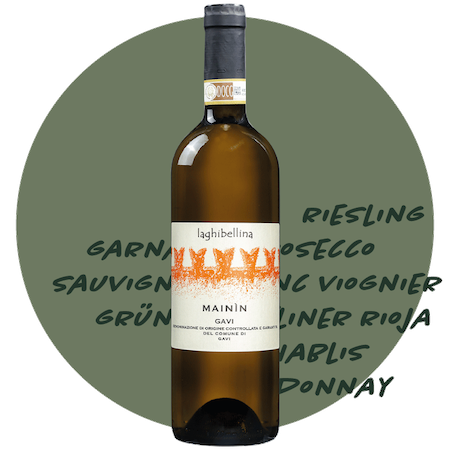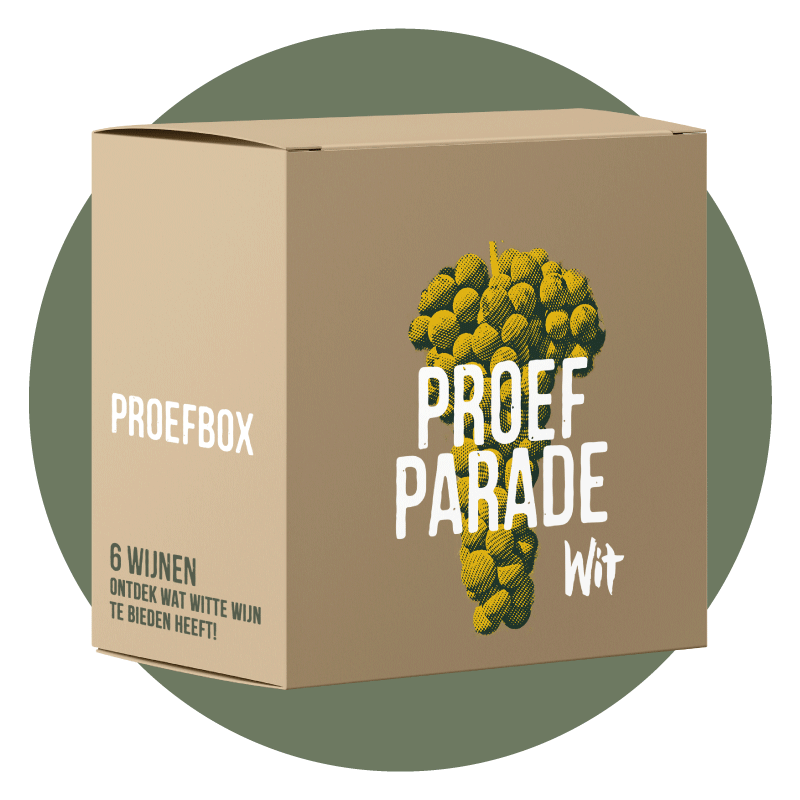White Wine
White wine comes in all kinds and flavors, from fresh and light to fruity white and everything in between. Our wines are all made by small winemakers: with love and great attention to taste. No matter which wine you choose, you can’t go wrong.
White Wine
White wine comes in all kinds and flavors, from fresh and light to fruity white and everything in between. Our wines are all made by small winemakers: with love and great attention to taste. No matter which wine you choose, you can’t go wrong.
What kind of white wine are you looking for?
Choosing wine can be tricky, especially on a page with so many wines and all kinds of jargon. To help you decide, we have divided all our white wines into three flavor categories: easy, mellow & rich. From fresh to rich and from light to full-bodied!
What kind of white wine are you looking for?
Choosing wine can be tricky, especially on a page with so many wines and all kinds of jargon. To help you decide, we have divided all our white wines into three flavor categories: easy, mellow & rich. From fresh to rich and from light to full-bodied!
Light, Crisp White Wine
We call crisp, light white wines "Easy." In these wines, you’ll taste green fruits like citrus or green apple. They are light, elegant, and refreshing, yet always full of character. Examples of Easy wines include sauvignon blanc, pinot grigio, riesling, or grüner veltliner.
Dry, Fruity White Wine
We call dry, fruity white wines "Mellow." These white wines are often more expressive. You'll taste riper fruits like peach or pear. They are perfect for an aperitif but also great at the dinner table. Examples of Mellow wines include pecorino, crisp chardonnay, verdejo, or furmint.
Full-Bodied, Rich White Wine
We call full-bodied, rich white wines "Rich." You’ll taste more tropical fruit, spices, and/or vanilla. These white wines are bold, aromatic, and burst from the glass. They hold up well at the dinner table. Examples of Rich wines include oak-aged chardonnay or a spicy viognier.
Light, Crisp White Wine
We call crisp, light white wines "Easy." In these wines, you’ll taste green fruits like citrus or green apple. They are light, elegant, and refreshing, yet always full of character. Examples of Easy wines include sauvignon blanc, pinot grigio, riesling, or grüner veltliner.
Dry, Fruity White Wine
We call dry, fruity white wines "Mellow." These white wines are often more expressive. You'll taste riper fruits like peach or pear. They are perfect for an aperitif but also great at the dinner table. Examples of Mellow wines include pecorino, crisp chardonnay, verdejo, or furmint.
Full-Bodied, Rich White Wine
We call full-bodied, rich white wines "Rich." You’ll taste more tropical fruit, spices, and/or vanilla. These white wines are bold, aromatic, and burst from the glass. They hold up well at the dinner table. Examples of Rich wines include oak-aged chardonnay or a spicy viognier.
Our white bestsellers
The Most Famous White Grapes
The Most Famous White Grapes
How do you choose the best white wine?
1. Look at Wines You've Enjoyed Before
Have you ever had a wine you really liked? Try finding something similar! Look for a wine with the same flavor profile, from the same region, or made from the same grape variety.
2. Match Your Wine Choice with Your Food
Wine tastes even better with the right food—and vice versa. Make sure there's a perfect harmony between your wine and dish. Read our wine & food pairing guide or ask for help!
3. Ask for Help!
Not sure what to choose? Buy a tasting box or ask for help! Send us an email or visit one of our stores. All our staff have completed the SDEN-3 (advanced) wine course to provide you with the best wine advice.
1. Look at Wines You've Enjoyed Before
Have you ever had a wine you really liked? Try finding something similar! Look for a wine with the same flavor profile, from the same region, or made from the same grape variety.
2. Match Your Wine Choice with Your Food
Wine tastes even better with the right food—and vice versa. Make sure there's a perfect harmony between your wine and dish. Read our wine & food pairing guide or ask for help!
3. Ask for Help!
Not sure what to choose? Buy a tasting box or ask for help! Send us an email or visit one of our stores. All our staff have completed the SDEN-3 (advanced) wine course to provide you with the best wine advice.


